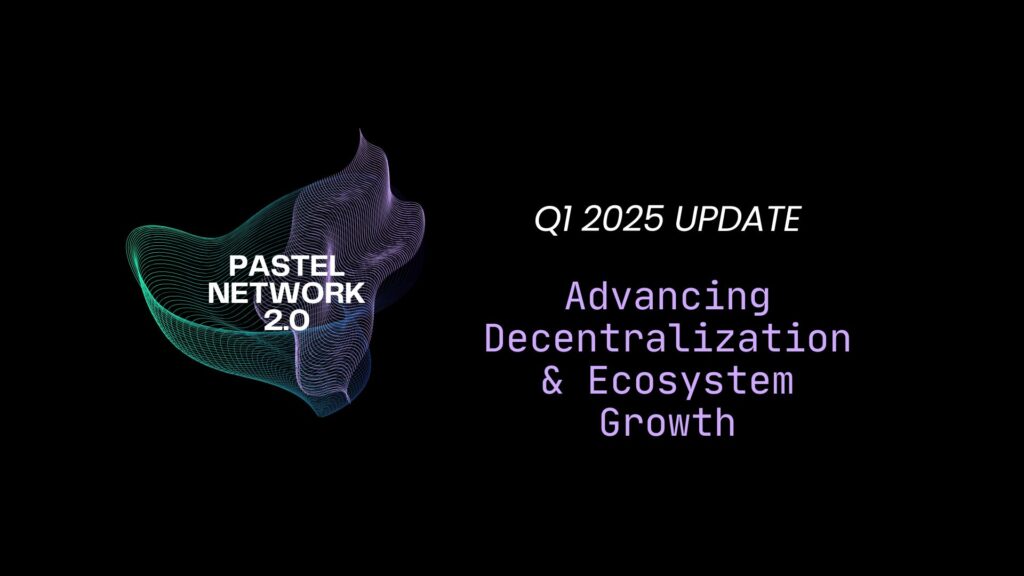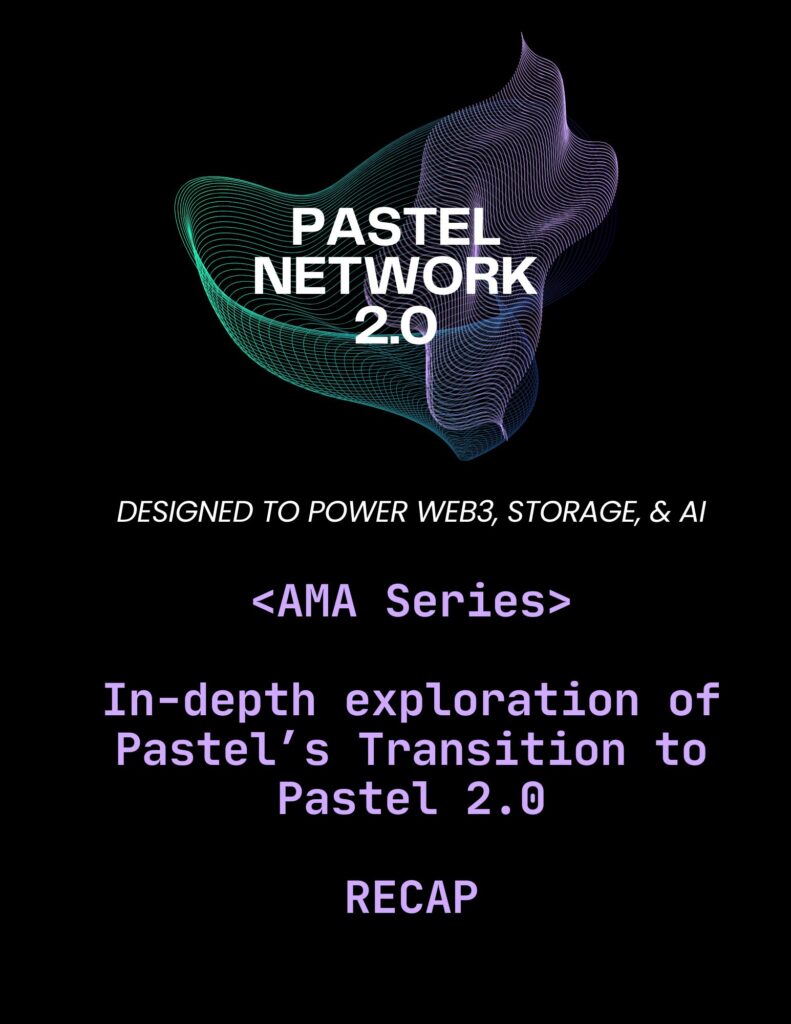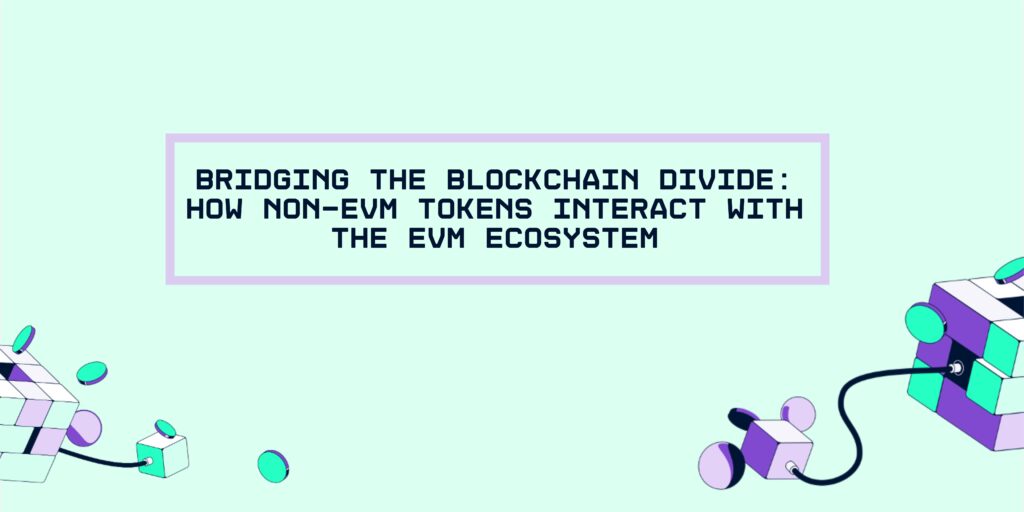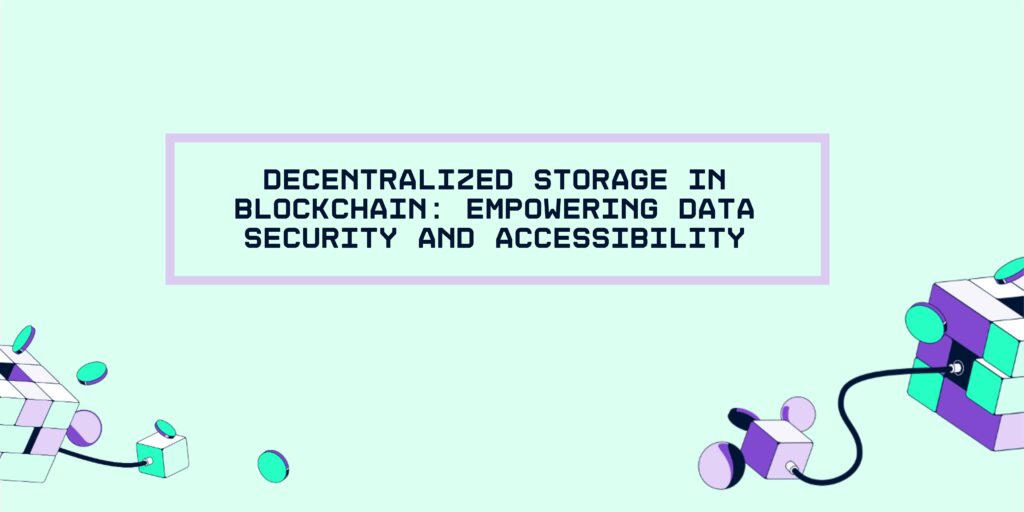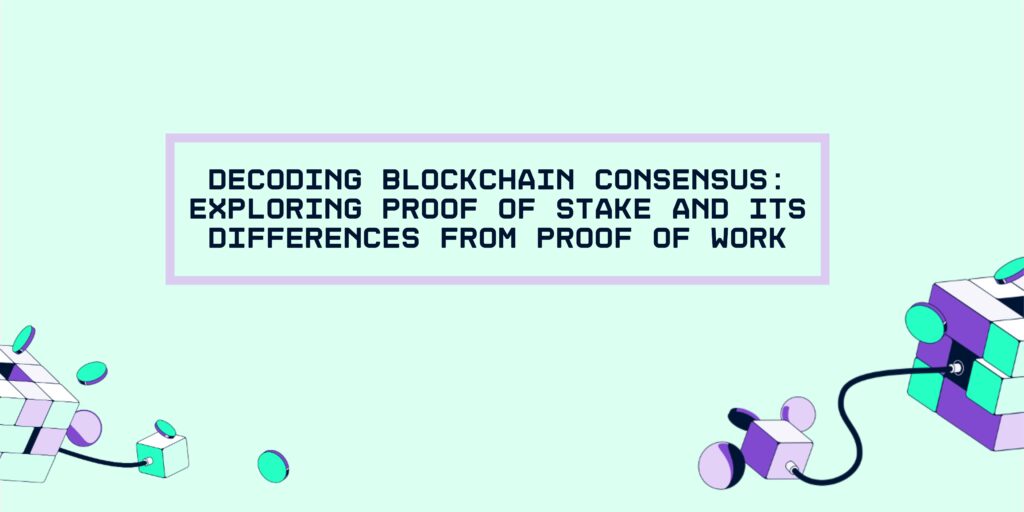Over the past few years, Pastel Network has steadily evolved from an NFT-centric blockchain into a full-stack infrastructure platform supporting decentralized storage, AI inference, and content authenticity tools. Today, we’re excited to announce the next chapter of that evolution:
Pastel is transitioning into Lumera Protocol — a next-generation Layer 1 protocol leveraging CometBFT consensus for faster, more scalable, and interoperable blockchain infrastructure.
This transition enables us to maintain everything that makes Pastel unique, while positioning Lumera as a core part of the broader modular Web3 ecosystem.
Why the Transition?
Pastel has always stood for interoperability, resilience, and decentralization. As the Web3 landscape matures, so must the infrastructure that powers it.
Transitioning to Lumera, underpinned by CometBFT consensus, allows us to scale our core services and expand our role within a more collaborative and composable ecosystem.
Why CometBFT?
CometBFT (formerly Tendermint) is a battle-tested Byzantine Fault Tolerant consensus engine that powers some of the most robust and high-performance chains in Web3. By leveraging CometBFT, Lumera gains:
- Faster block finality and transaction throughput
- Improved scalability and performance for dApps and services
- A modular architecture that plays well with other ecosystems
- A foundation for cross-chain interoperability via IBC and beyond
This upgrade ensures that Lumera will be more efficient, extensible, and future-ready — without compromising on decentralization or core protocol design.
What Stays the Same?
While the underlying network is evolving, the core services and infrastructure that define Pastel remain unchanged in Lumera.
Everything you’ve come to rely on — from content authenticity to decentralized storage and AI inference — is still available and fully supported.
These modules include:
- Cascade: Decentralized permanent storage with unmatched data redundancy and self-healing capabilities
- Sense: AI-powered digital content authenticity scoring
- Inference: On-chain access to major LLMs with provable inference via SuperNodes
What’s more, all of these services are still accessible via open APIs, making it easy for developers to integrate them into any application, across any ecosystem.
Whether you’re building dApps, minting NFTs, or conducting verifiable AI inference, Lumera will continue to support the exact same workflows — now with greater performance and interoperability.
Snapshot: What You Need to Know
To ensure a smooth transition, we will conduct a snapshot of all transparent PSL addresses before the launch of Lumera
Holders of PSL at the time of the snapshot will be eligible for the LUME token. Tokens stored on exchanges will not be eligible — so we strongly encourage all holders to move their PSL to a native wallet prior to the snapshot date.
Detailed instructions on how to verify your address and claim LUME will follow in the coming weeks.
What’s Next for Lumera?
With this upgrade and closer alignment with the broader modular ecosystem, Lumera opens the door to a wave of new opportunities:
- Interoperability with IBC-compatible chains and beyond
- Developer-first SDKs and APIs for custom infrastructure
- More robust storage and AI integrations for Web3 projects
- Expanded ecosystem grants and partnership programs
The core philosophy remains unchanged: building scalable, composable infrastructure for the decentralized internet — now with more speed, flexibility, and support than ever before.
Final Thoughts
Lumera is not just a rebrand — it’s a recommitment to our long-term vision. We’re doubling down on infrastructure, interoperability, and decentralization — and now, with CometBFT powering the network, we’re prepared to deliver those values at scale.
Thank you for being part of Pastel’s journey so far. We’re excited to bring you along into the Lumera era — faster, stronger, and more connected than ever.
About Lumera Protocol
Lumera Protocol is a high-performance blockchain purpose-built for AI-driven Web3 economies, integrating a Validator-SuperNode architecture to enable decentralized AI services, trustless computation, and secure data storage. Leveraging cometBFT, Lumera ensures cross-chain compatibility, efficient AI data sharing, and scalable interoperability.
At its core, Lumera’s SuperNode-powered infrastructure extends beyond validation to support LLM hosting, autonomous agents, task verification, and cross-network communication, with governance driven by a stake-weighted system. Its adaptive tokenomics dynamically adjust inflation based on network participation, ensuring economic sustainability.
Lumera also introduces an Action & Agent Framework, powering decentralized AI services through specialized Actions (e.g., Cascade for storage, Sense for verification) and Agents (e.g., Inference for AI computation). By merging AI, decentralized computation, and blockchain security, Lumera sets a new standard for AI-powered applications and autonomous services in Web3.
For more information on Lumera, follow us on Twitter, Telegram, Discord and visit https://lumera.io/.


